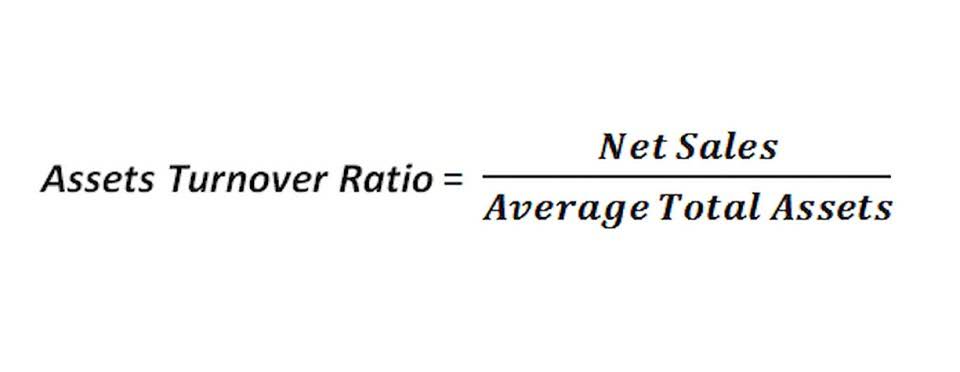
If this next year involves using new tools or techniques, consider lowering your goal until you’ve tried and tested these new strategies. And remember there’s nothing wrong with adjusting your plan when things go wrong, or even when they go right. Nonprofits are constantly fighting to win over new donors and prove they deserve support. As your accounting system falls into place, promote it within your development materials to show donors that you care about the money they give.
- This binder (or set of e-folders) will also come in handy as a reference during your audit (or review).
- By spending a few minutes each day reviewing your transactions, you can keep up with your finances and prevent the dreaded backlog.
- Unlike for-profits, nonprofits are required not to distribute their net earnings to the leaders at the organization.
- Moreover, nonprofit accounting is regulated by a distinct set of legal and financial standards that require detailed reporting and compliance.
- Fund accounting focuses on accountability and stewardship rather than profitability.
Nonprofit Accounting Basics: Financial Reports
This policy should apply to all organizational activities, not solely the federally funded portion. Tracking 100% of employee time each day is necessary, encompassing all aspects, including those not subject to federal funding. A best practice is for employees to submit their time sheets for approval by their supervisor.
Free Resources
- For instance, the operating budget might be called “ORG Ops Budget FYx8” and a second or third version would be called “ORG Ops Budget FYx8 v 20×7.10.15” and “ORG Ops Budget FYx8 v 20×7.11.02”.
- This allows you to see which funds are available for general use, and which are restricted for specific purposes.
- They organize and record receipts, including donations and in-kind contributions, and keep track of disbursements, accounts receivable, and payroll.
- Similarly, if you receive a $100 donation in January, you’ll record it in January.
Some nonprofits will use the for-profit terminology to keep things simple, but the official nonprofit name for this report is the Statement of Financial Position. An accrual accounting system records transactions in the period where they are earned, pledged, or incurred. As a result, https://www.bookstime.com/articles/startup-bookkeeping it matches your revenue with related expenses in the same period to give you a clearer picture of when you’re making or losing money. So you can understand what’s happening in your business and communicate effectively with your board members, donors, and financial team.
Track the ROI of your fundraising efforts.

In summary, managing expenses and planning cash flow are essential aspects of nonprofit accounting. The Statement of Activities is similar to an income statement for-profit organizations use. It details the nonprofit’s revenue, expenses, and changes in net assets during a specific reporting period. The statement typically includes categories such as donations, grants, program service revenue, and other income sources. Your nonprofit’s statement of activities is also known as your income statement. Plus, you can use this document to review your change in net assets from the beginning of the year to the end of the year.
- Nonprofit accounting is a unique process that allows nonprofit organizations to plan, record, and report on their finances.
- If a pledge is uncertain, revenue is usually recognized when the gift is ultimately received.
- Moving to an outsourced bookkeeping and accounting solution can help nonprofits focus on their mission.
- This includes generating financial reports, tracking donations, managing expenses, and even budgeting.
When you outsource your finances to us, you’ll have access to professionals who are not only experts in finance, but also understand the intricacies of the nonprofit world. If outsourcing your accounting needs sounds like a tempting option for your organization, be sure to look for a firm that works specifically with nonprofits. That way you can rest assured nonprofit bookkeeping that they’ll be well-versed in fund accounting and able to answer nonprofit-specific questions. But, when you grasp how to read various accounting documents, it becomes much easier to understand how finances function and move at your organization. Since 2017, you’re also required to disclose the “nature” of the activities your nonprofit lists on this report.

Quantify in-kind donations.
In addition, they must implement strategic accounting practices and utilize proper accounting software to ensure financial health. Staying informed about budget planning and frequently asked questions regarding nonprofit accounting can help an organization successfully navigate the complexities of their financial management. Another difference between nonprofits and for-profits are its financial statements. A for-profit puts together an income statement each quarter, which assesses a company’s financial performance. On the flip side, nonprofit organizations write up a statement of activities that includes revenues, expenses, and net assets, which it gives to its donors and board of directors.
U.S. companies went right back to heavy use of nonstandard accounting metrics during the pandemic – MarketWatch
U.S. companies went right back to heavy use of nonstandard accounting metrics during the pandemic.
Posted: Wed, 28 Apr 2021 07:00:00 GMT [source]
Accounts Payable
Statement of Cash Flows

